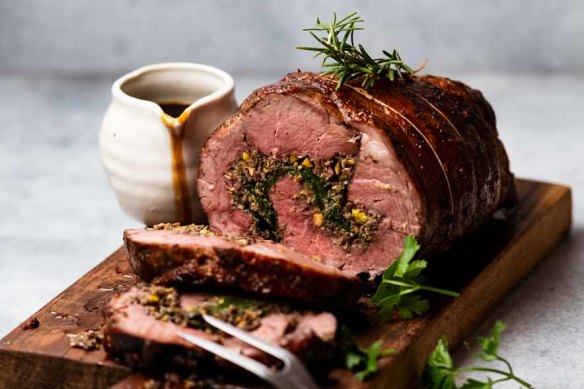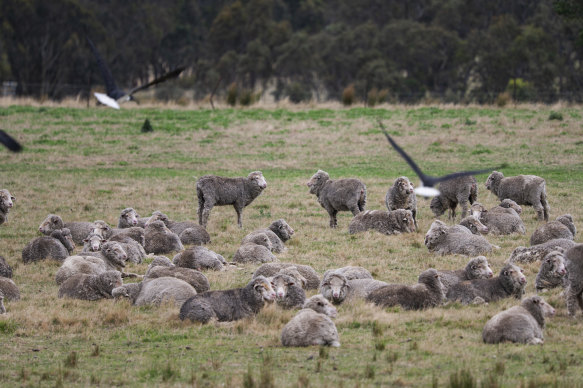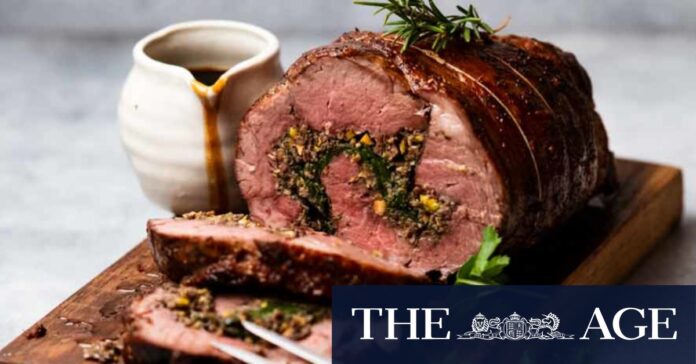[ad_1]
Lamb has staged a comeback onto the menus of pubs, clubs and fine dining restaurants as a record volume of the red meat hits the market, driving down prices for diners and grocery shoppers.
An oversupply of sheep livestock led to lamb slaughter figures of nearly 647,000 nationally in the week before Christmas, significantly higher than the typical numbers of 300,000 to 475,000 a week. Lamb prices per kilogram in the final quarter of 2023 were 17 per cent lower than the same period the year before.

Lamb has made a comeback thanks to a record of the volume of the meat nationally.Credit: Nagi Maehashi
“One of the things we know that during COVID was that a lot of foodservice outlets really reduced their menu items. One of the victims of that, in a lot of cases, was lamb,” said Meat & Livestock Australia domestic market manager Graeme Yardy.
Meanwhile, many hospitality operators retained beef steak and chicken parmigiana as core offerings. “What we’ve really seen, as availability has come back over the last 12 months, is a lot more lamb coming back onto menus,” Yardy said.
Larger-scale establishments like stadiums, aged care homes and the leisure industry, such as cruise liners, are also ordering “huge volumes” of lamb, while fast food chains tended to stick to popular protein options of beef, chicken and pork.
Lamb prices have also come down due to lower export demand from major markets as people around the world readjust their budgets to deal with rising prices across the board, said Rabobank senior animal proteins analyst Angus Gidley-Baird.

Australia is experiencing “record volumes” of lamb on the market.Credit: Martin Ollman
“Chinese demand and US demand is very soft. It’s the same as what we’re seeing here: the increased cost of living, change in economic circumstances, interest rates going up, business activity, economic growth is all slower and weaker,” Gidley-Baird said.
“Even though we’ve got very strong export numbers to places like China and the Middle East, I think they’re more a reflection of the cheaper lamb price that we’ve got here. They’re just taking advantage of that rather than an indication of strong demand.”
[ad_2]
Source link


